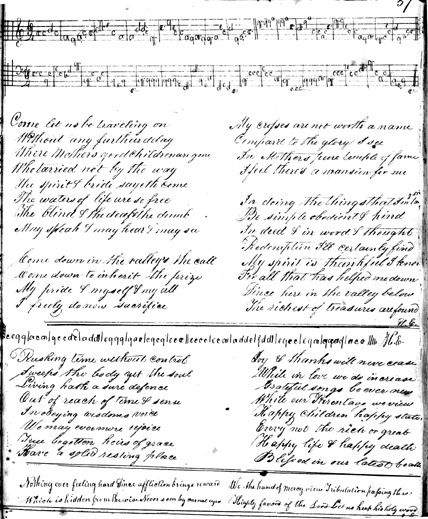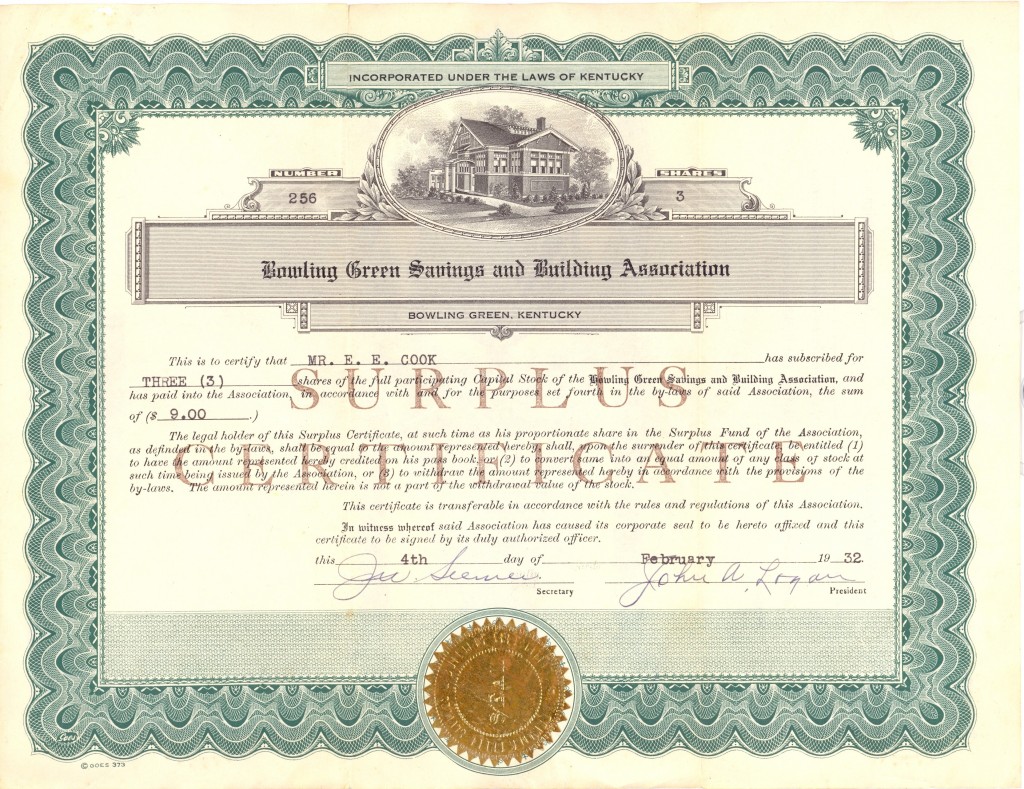“What I told you is what your grandparents tried to tell me: that this is your country, that this is your world, that this is your body, and you must find some way to live within the all of it.”
Ta-Nehisi Coates, Between the World and Me
In the fall of 1995, four folk studies students from the Cultural Conservation class at WKU conducted an oral history project to document African American heritage in Caldwell, Christian, Todd, and Trigg counties. With grant-based funding from the Pennyrile Area Development District (PADD), local committees were established in each county, allowing interviewers to become better acquainted with long-time residents and their personal narratives, which focused on their experiences of living in Trigg County.
The student group recorded a total of 18 interviews with 15 participants, most of whom have longstanding familial ties to the region. The interviews, which often take the format of a “life history,” cover a broad range of topics from American Bandstand, sorority life, courtship customs, and bootlegging, to tobacco harvesting, family reunions, quilting bees, and church services. The scope of the project, spanning nearly five decades from the early 1900s to the late 1950s, marks an era of both agricultural and industrial growth, political uncertainty, and technological advancement—all nipping at the heels of the stirring civil rights movement.
Serving as the first oral history project of its kind in Trigg County, the lives of its participants are played out on tape in ways that reveal what it meant to be black in the Jim Crow South, how physical landscapes shape cultural traditions, and how a strong sense of identity was—and remains—crucial in developing supportive, lasting communities.
The collection itself (FA 196), located within WKU’s Manuscripts and Folklife Archives, contains photographs of participants, brief biographical sketches, original interview cassette tapes, and detailed indexes of every recorded interview.
For information on African American experiences in Kentucky, Trigg County, and additional oral history projects, visit TopSCHOLAR or browse through KenCat, a searchable database featuring manuscripts, photographs and other non-book objects housed in the Department of Library Special Collections!
Post written by WKU Folk Studies graduate student Delainey Bowers

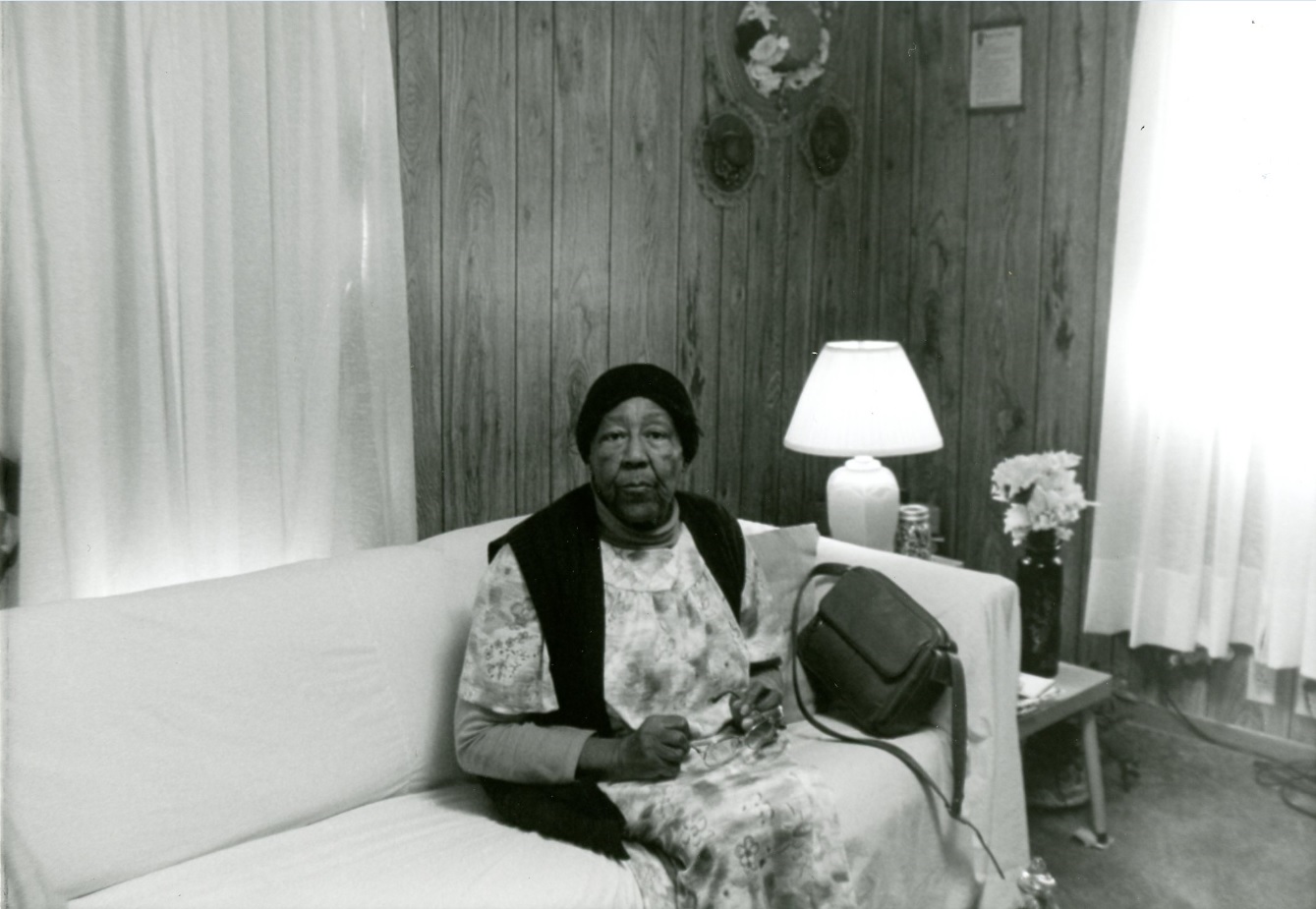

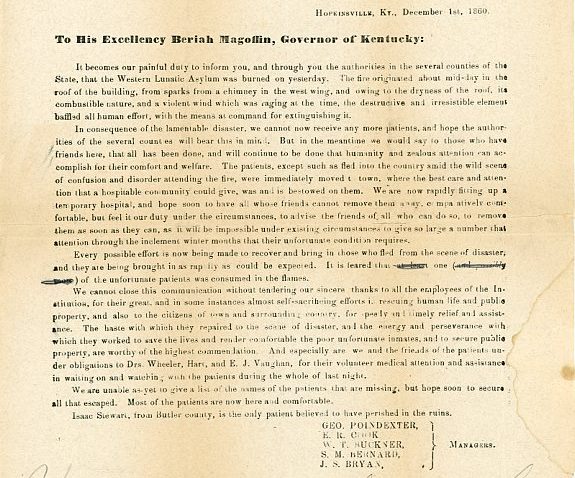

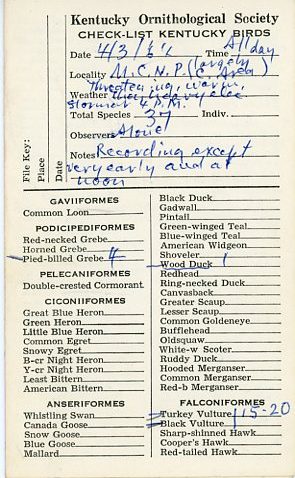
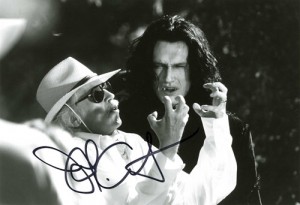 WKU is known for
WKU is known for 
